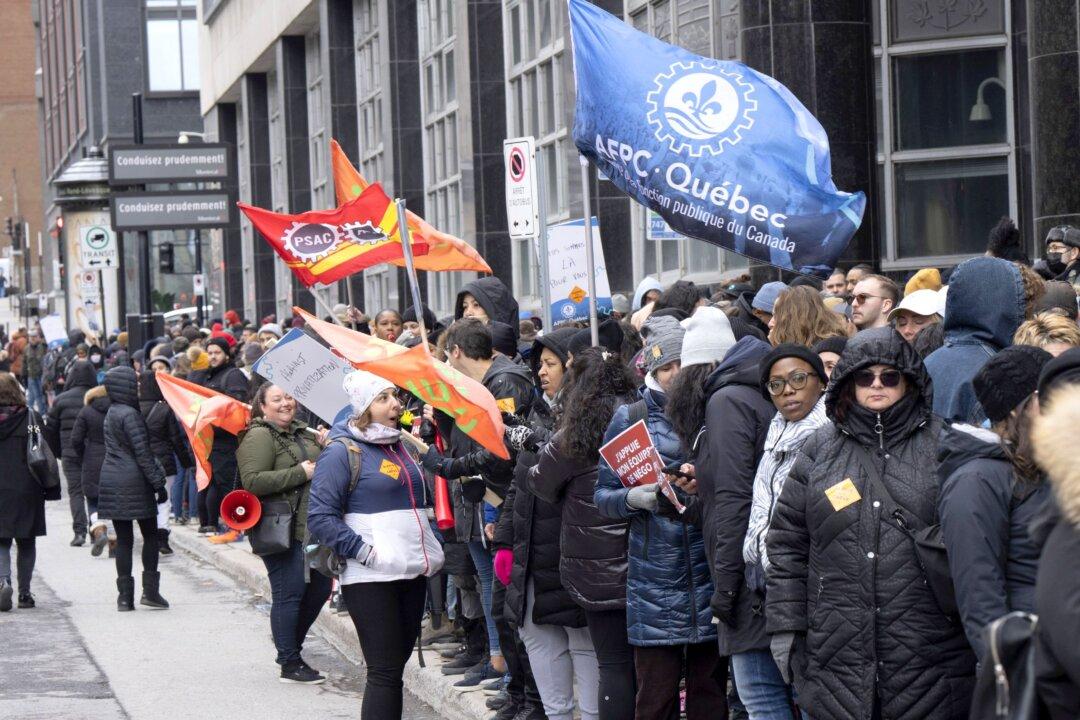The federal government tabled a new contract offer to the Public Service Alliance of Canada Friday, as thousands of federal workers remained on strike for the tenth straight day.
Both the union and a spokeswoman for Treasury Board President Mona Fortier confirmed the offer, which is the first sign of any progress in the talks since the union said things were at a stalemate on Wednesday.





